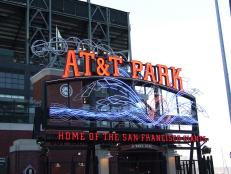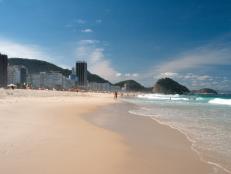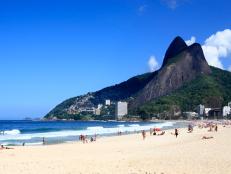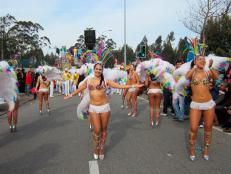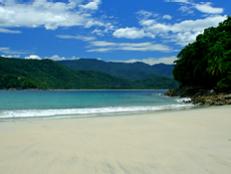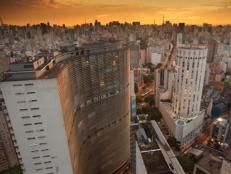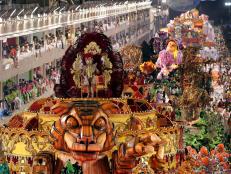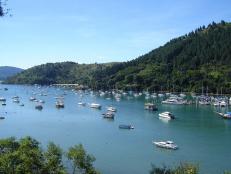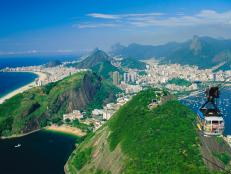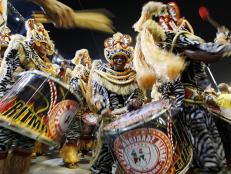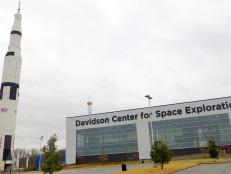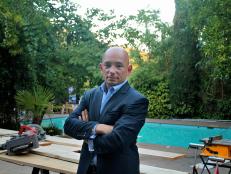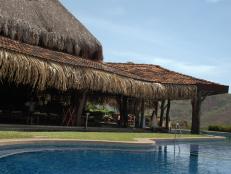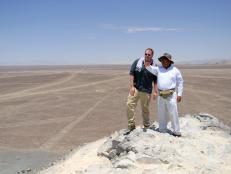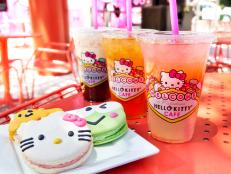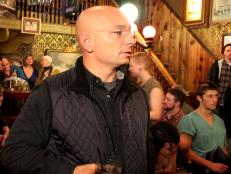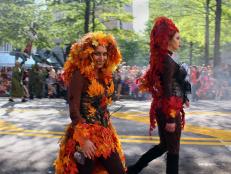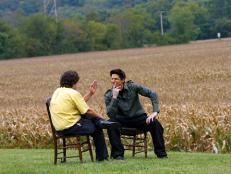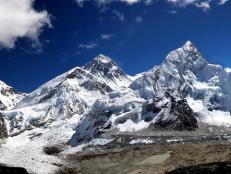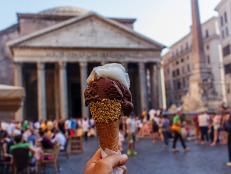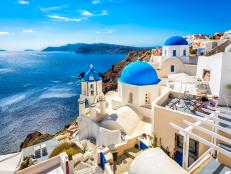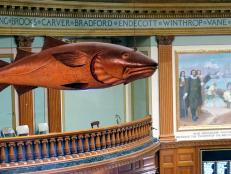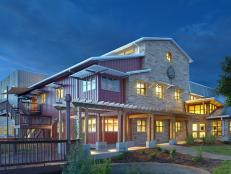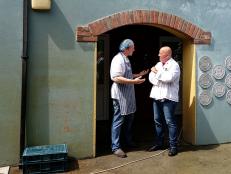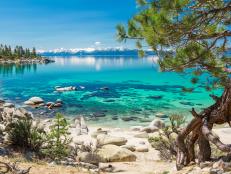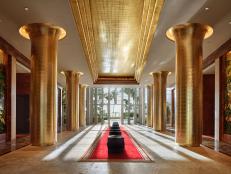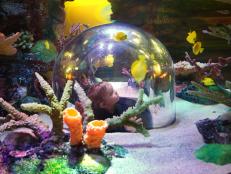Brazil's 12 World Cup Cities

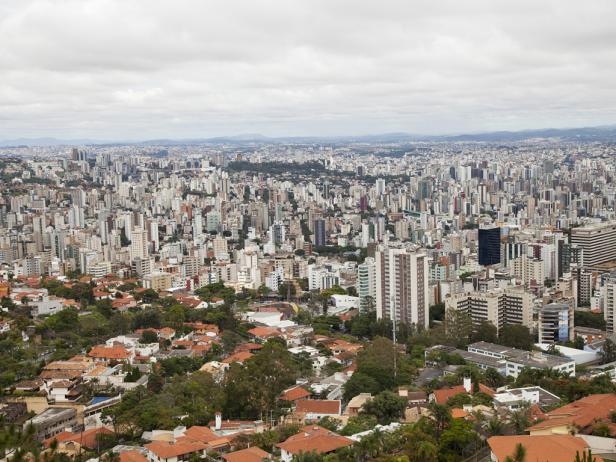
Thinkstock
See the Match: Already one of Brazil’s most raucous stadiums, BH's Estadio Mineirão will undergo a massive renovation prior to the World Cup games. Updates include lowering the pitch surface and improving stadium accessibility.
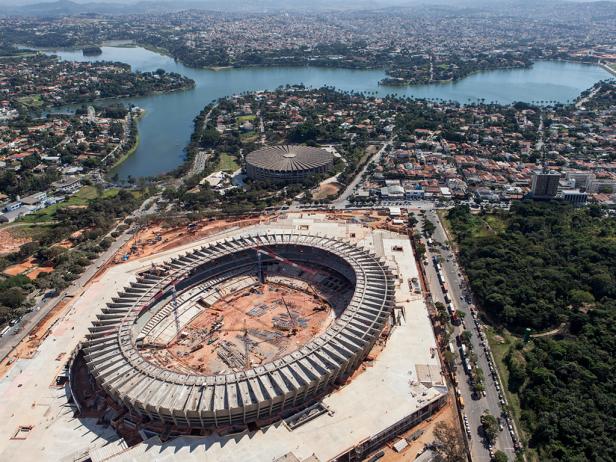
copagov, flickr
See the Match: Brasília's Estadio Nacional is the nation's second largest World Cup venue, seating more than 70,000 fans. Recent enhancements include a new facade, metal roof and stands, and a lowered pitch that will allow unobstructed views from every seat -- perfect for soccer's fervent fans.

DuMarafon / Moment Open / Getty Images
Located smack-dab in South America's center -- 2,000 miles from either coast -- Cuiabá is a former gold rush mining town dating back to the 1700s. The city is ideally situated as a jumping-off point for exploring the Cerrado region's savannahs, the Pantanal area's wetlands and the Amazon. While in Cuiabá, pay a visit to the nearby Chapada dos Guimaraes mountain range, one of Brazil's most stunning landscapes and home to a national park and nearly 50 archaeological sites with prehistoric cave paintings and fossils.
See the Match: Cuiabá also boasts yet another new stadium built for the Cup. The 43,000-seat Arena Pantanal has been constructed with sustainability in mind, earning it the nickname "The Big Green."

Christian Knepper / Embratur
See the Match: Fans visiting for the World Cup will see matches at the Arena da Baixada, renovated in 1999, and considered one of Brazil's most modern stadiums. The soccer stadium will undergo a series of renovations, increasing its nearly 33,000 seating capacity to 40,000.
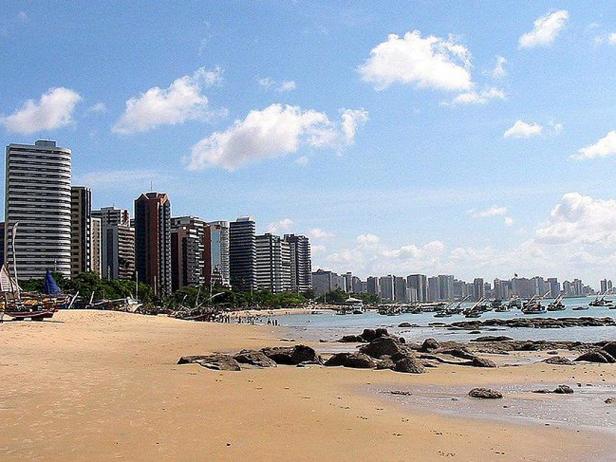
Rafael Ramos e David Andrade, Wikimedia Commons
See the Match: World Cup matches will be held in the newly revamped Estadio Castelao, which can now seat more than 64,000 spectators.
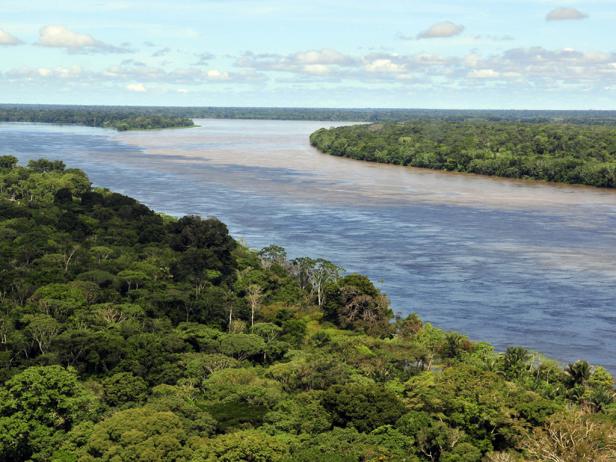
CIAT, flickr
See the Match: If you've come for the World Cup, take note that the 42,000-seat, eco-friendly Arena Amazonia has been designed to resemble a straw basket, a product that the region is famous for producing.
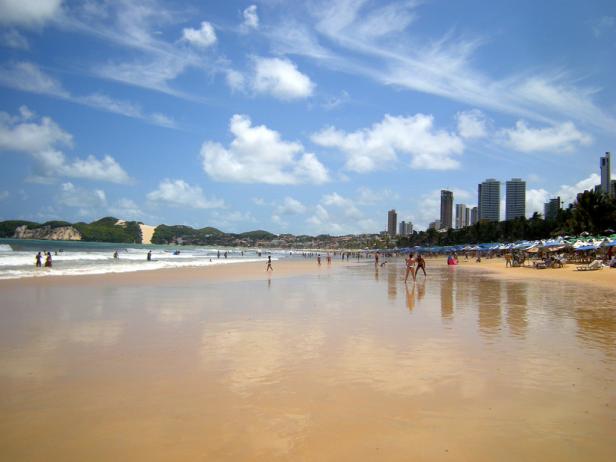
Leandro Neumann Ciuffo, flickr
See the Match: World Cup matches will be held at the Estadio das Dunas, a newly constructed stadium both named and designed in honor of Natal's sand dunes.
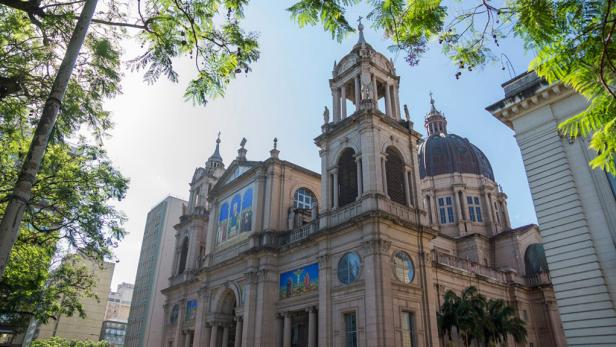
Andre Maceira - Photo Courtesy of Embratur
See the Match: Soccer fans will watch the World Cup matches at the 50,000-seat Estadio Beira-Rio, the largest stadium in Brazil's south.
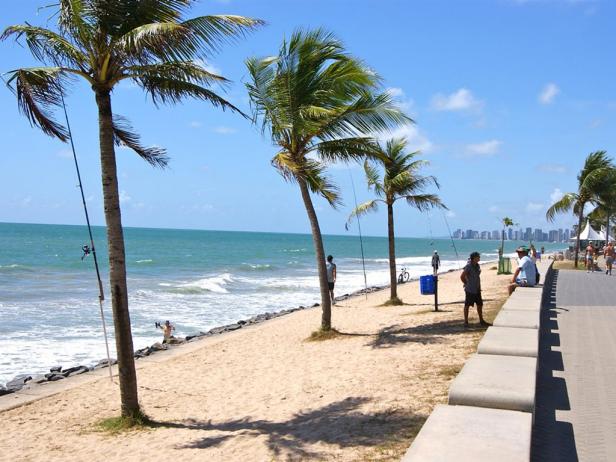
Recife- Raul, flickr
See the Match: World Cup matches will be held at Arena Pernambuco, a new 46,000-seat arena that’s part of a complex that includes restaurants, movie theaters and shopping.
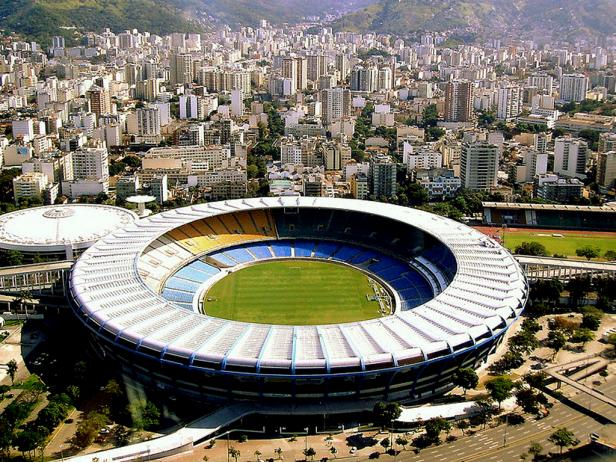
Arthur Boppre, Wikimedia Commons
See the Match: If you're in Rio for soccer, head to the legendary Estadio do Maracana, one of Rio's most popular tourist attractions, which can seat up to 200,000 people. During the World Cup, the stadium will host 7 matches, more than any other venue.
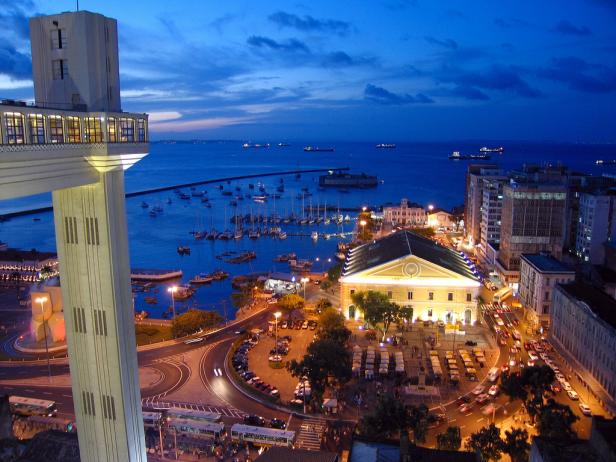
Rodrigo Suriani, flickr
See the Match: During the World Cup, 6 matches will be held at the Arena Fonte Nova, a new 56,000-seat stadium. The stadium complex will also contain a museum of soccer, as well as restaurants, concerts, a hotel and shopping outlets.

Matt Mawson / Moment / Getty Images
With a population of more than 11 million in the city (and 20 million in its metropolitan area), São Paulo ranks as Brazil's -- and the Southern Hemisphere's! -- biggest city. The roster of tourist attractions seems endless: the São Paulo Museum of Art, Latin America Memorial, the Museum of the Portuguese Language, Ibirapuera Park and the Paulista Museum are just a few must-see places. Foodies will be sated in this thriving city; more than 62 different types of cuisine, including Argentinian, Japanese and Italian, can be found at over 12,000 area restaurants. Take a nap during the day -- São Paulo's nightlife is a force to be reckoned with, and the party lasts 'til dawn.
See the Match: World Cup visitors will make their way to newly constructed Arena de São Paulo, located in the Itaquera neighborhood, a working class region that has seen a big clean-up and resurgence in jobs thanks to the new stadium's presence.
